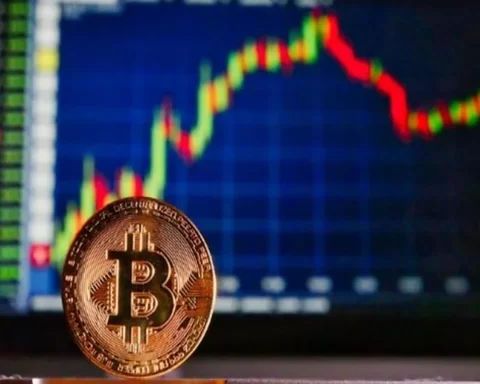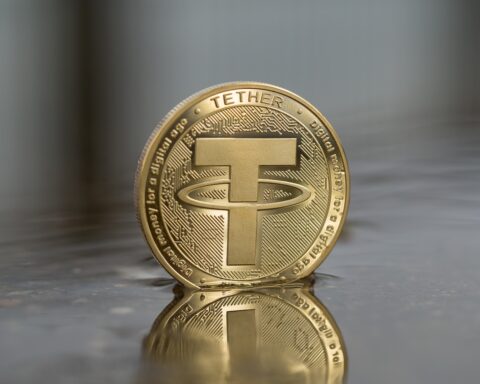Stablecoins are positioned as the driving force behind a transformative shift tied to the U.S. dollar, potentially safeguarding its supremacy on the global stage, asserts an opinion piece dated August 9 in The Wall Street Journal.
Penned by Brian Brooks and Charles Calomiris, the article advocates for the establishment of a robust regulatory framework for stablecoins within the United States.
Brooks, previously at the helm of Binance.US and a former legal executive at Coinbase, brings substantial fintech expertise, while Calomiris, the dean of economics, politics, and history at the University of Austin, offers his background as a former chief economist at the Office of the Comptroller of the Currency.
The Clarity for Payment Stablecoins Act, championed by Patrick McHenry, Chair of the House Financial Services Committee, was tabled in July.
Unfortunately, the legislation has encountered resistance due to a lack of bipartisan consensus.
The Clarity for Payment Stablecoins Act, which has bipartisan support, seeks to implement necessary safeguards to enable this technology to realize its full potential.
In the face of mounting concerns regarding the erosion of the dollar’s status as a global reserve currency, Brooks and Calomiris suggest that stablecoins possess the capability to emulate the post-World War II paradigm in which the U.S. dollar emerged as the world’s primary trade currency.
Citing International Monetary Fund data, which reveals a decline in foreign central banks’ holdings of U.S. dollar reserves from nearly 73% in 2000 to 59% presently, the authors emphasize the importance of exploring tools that could fortify the dollar’s standing.
Brooks and Calomiris sound an alarm regarding the ongoing shift away from the dollar by major commodity trading nations like Brazil and Argentina.
READ MORE: Governments Remain Wary About Worldcoin Amid Privacy Concerns
These nations have entered into bilateral agreements with China to facilitate trade settlements using the yuan and their respective local currencies.
The authors argue that stablecoins offer individuals trapped in hyperinflationary environments a more accessible pathway to the U.S. dollar.
In advocating for stablecoin oversight, the authors underscore the potential harm dedollarization could inflict on the U.S. economy.
The loss of reserve currency status could escalate the country’s borrowing costs, a pivotal concern during periods marked by extensive government borrowing and spending.
Furthermore, the authors contend that dedollarization could erode the purchasing power of American consumers, leading to an increase in the cost of imported goods.
The authors predict that, if stablecoins proliferate, global citizens might independently and even contrarily drive demand for the dollar, irrespective of their governments’ political stances.
The authors conclude by urging U.S. policymakers to acknowledge the significance of reaffirming the dollar’s role in the global economy.
Other Stories:
PayPal’s Ethereum-Based Stablecoin PYUSD Divides Crypto Community
XRP Price Fails to Reach Anticipated Levels Despite Favorable Court Ruling
Binance’s Proof-of-Reserves Discloses Strong Financial Position




